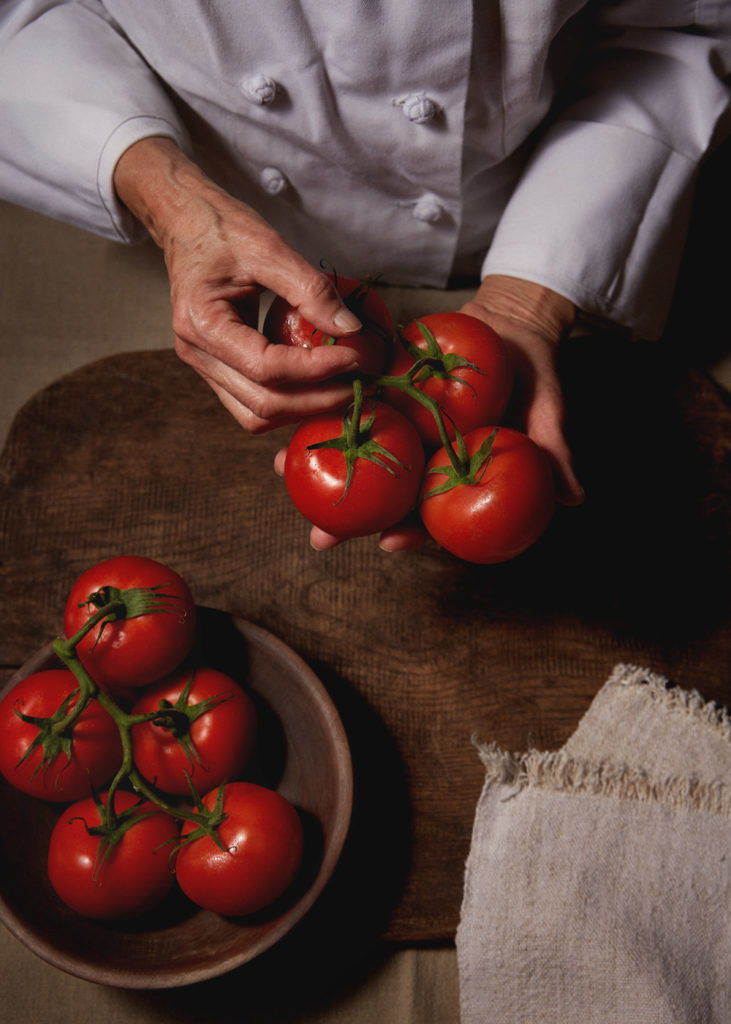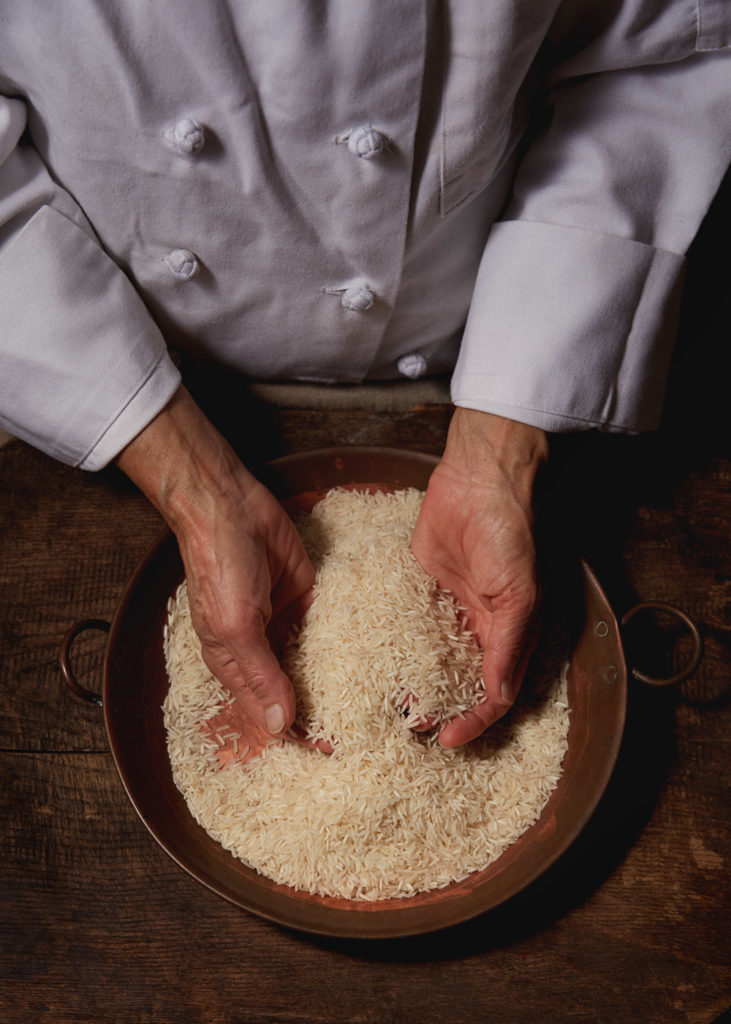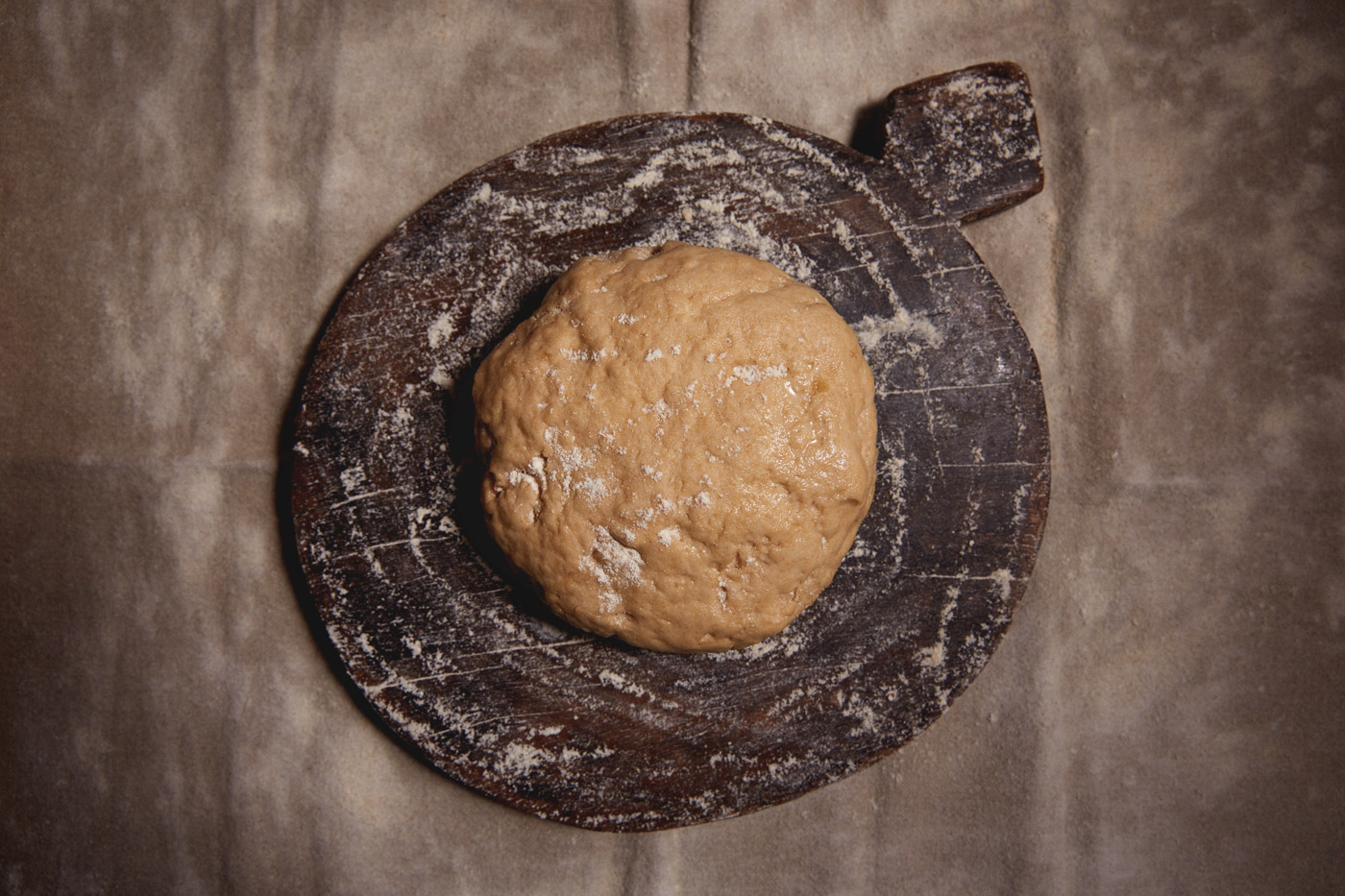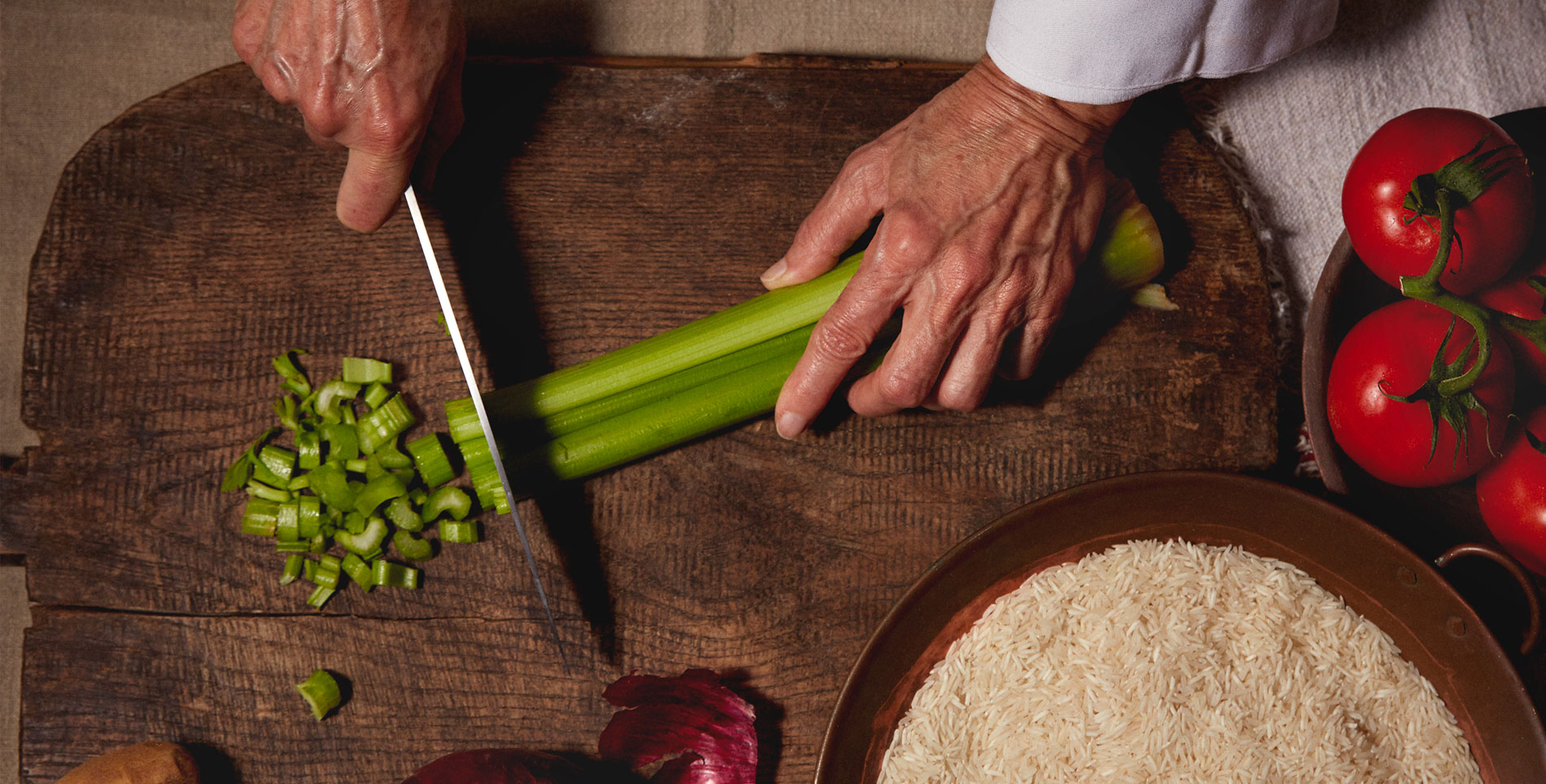Mention the word food in your profession and there’s a high chance the response will be favorable, even borderline enthusiastic. We are a society infatuated with sustenance—it strikes all of our senses, feeding our emotional and primal needs. We may no longer be hunters and gatherers, but we are guided by our palates—and our hunger—repeatedly on a daily basis. Our options for how to fill our stomachs are almost limitless. A plethora of global cuisines are more accessible than ever, and thanks to the overabundance of culinary shows, and editorial and social media content, we can easily find whatever it is we are craving.
Food literature in every form—online recipes, food blogs, culinary magazines, or image-heavy cookbooks—is constantly evolving dishes as chefs, cooks and food authors try to keep us engaged through new spins on age-old recipes, fusion gastronomy, or a deeper regard for foreign fare. Cookbooks in particular have played an important role throughout the ages in preserving both the history of local food and the assemblage of recipes. One particularly deep library comes from the French, who have had much to say on the topic of food. Having long held the reins of cooking supremacy, they have historically been positioned at the epicenter of fine dining, and are responsible for creating masterpieces full of pomp and circumstance that combined both food and art. Marie-Antoine Carême, an early proponent of grande cuisine, created hundreds of recipes—attested in his encyclopedic L’Art de la Cuisine Française—and is credited for refining French food, serving up “high art,” grandiose cookery to privileged Parisians and international royalty.
Georges Auguste Escoffier can be thanked for how we dine in high-end restaurants, as well as how they are organized. Commonly acknowledged as a central figure in modernizing haute cuisine—expensive foods that were meticulously prepared and presented—Escoffier is recognized for replacing the service of dishes all at one (service à la française) with service of meals in courses (service à la russe), as well as instilling the brigade de cuisine, a structured system delegating specific roles to kitchen staff. He also codified the recipes for the five mother sauces—sauce béchamel, sauce espagnole, sauce velouté, sauce hollandaise, sauce tomate—in his classic publication, Le Guide Culinaire, still relevant in these days. Escoffier, whose technique was based on that of Carême’s, simplified his predecessor’s elaborate style of cookery, taking haute cuisine to the pinnacle of that time.
The cookbook authors who were known were held in esteem, such as François Pierre La Varenne who wrote Le Cuisinier François, considered one of the most instrumental books on early modern French cookery. In fifteenth century Italy, Maestro Martino composed Libro de Arte Coquinaria, a cookbook detailing a more refined Italian cuisine, which was followed by a book penned by Bartolomeo Platina, entitled De Honesta Voluptate et Valetudine (“On Honest Pleasure and Good Health”) who placed Martino’s text into regional context, giving each area importance for specific ingredients. In the sixteenth century, the personal chef to Pope Pius V, Bartolomeo Scappi, created a comprehensive view of Italian cooking, Opera Dell’Arte del Cucinare—over one thousand recipes as well as information on menus, kitchen and table utensils—an opus spanning five volumes. As time progressed, a shift occurred in the late seventeenth century from high-cuisine, like that of France, toward regionalism and simple cooking. Bartolomeo Stefani wrote L’Arte di Ben Cucinare, the first chef to introduce a section on vitto ordinario (ordinary food) to Italian cookery.



Traveling outside of Europe, the list continues but is limited during the Middle Ages. In the Far East, the Chinese have Yinshan Zhengyao, the classic fourteenth-century book on Chinese medicine and cuisine scribed by Hu Sihui, a court therapist and dietician during the Yuan dynasty. Recipes with heavy Han Chinese, Mongolian, Turkic and Persian influences are contained in this volume, and it is regarded as a significant description of Eurasian medieval foods. In Korea, Lady Jang penned a manuscript in the seventeenth century titled Eumsik Dimibang, the oldest, detailed cookbook on Korean cuisine—that includes sections on alcoholic beverages and food storage—written by a woman in Korean history.
The written word has been critical to advancing cuisines forward through the ages. But many contributors to early gastronomic literary works remain nameless. For instance in the fourteenth century, a compilation in scroll form of roughly two hundred medieval English recipes written by the chief Master Cooks of King Richard II—later titled The Forme of Cury in 1780 by publisher Samuel Pegge—is considered amongst the oldest English cookery books. It may have been composed to compete with two other medieval recipe compilations: Le Viandier de Taillevent, a French recipe collection written in 1300, and Liber de Coquina, a Latin collection. All original authors are unknown. The medieval Valencian cookbook written in Catalan, Llibre de Sent Soví, was key to uncovering the origins of Valencian cuisine, as well as the history of food in Europe. The author of this vital compilation is a mystery though it is believed, due to the saintly name of the book, the writer could have been a member of the clergy.
So who were these masters of cookery? And why did they chose—if we are to assume that notion—to remain unknown? The answer to both questions may have been hiding in plain sight, in the secluded communities inside monasteries and convents. Many food items originated within the walls of abbeys, created by the pious hands of monks and nuns. Monastic cheeses—such as Munster and Époisses—wines, beer and fruit brandies are some examples of foodstuffs produced and sold from monasteries. Inside convents, nuns baked elaborate, labor-intensive pastries as a means to support themselves. Many of those cherished recipes—which were secretly guarded at the time—were eventually passed on to secular bakers as active convents declined, while others were lost over time.
New players in new lands (aka migration) also played a pivotal role in placing their stamp on culinary history. Missionary nuns, for instance, brought their artisanal pastry talents to the New World colonies. It is believed Spanish missionary nuns in Mexico may have been first to combine the bitter native chocolate with sugar, creating a craving for the new concoction amongst the colonial elite. Another example is the Moorish invasion into southern Spain in 711 AD. That annexation brought a multitude of new crops into the region—rice, almonds, sugar cane, spinach, apricots, eggplants and citrus among others—creating a new type of Spanish fare that is revered today. In south Asia, India’s eight-thousand-year-old cuisine was impacted by an array of cultures who either invaded or traded with the country. Middle Eastern and Central Asian influences occurred during the Middle Ages, thanks to Mughal rule, and are still prevalent today. The Portuguese brought chilies to the western coast of India and are also credited—along with the British—for bringing potatoes to the subcontinent; both are still heavily used in Indian cooking. The influx of migrants changed civilizations forever, not just in creating new borders and claiming ownership of new lands, but also in how foods morphed into present-day cuisines.

Given all this movement of both people and ingredients, it is hard to pinpoint who exactly gets credit for their contribution. Peasant recipes—which have survived centuries and are still used in some fashion today—were prepared by the womenfolk. As many were illiterate, the passing down of knowledge over generations had been traditionally done verbally by training at home. As cookery developed and evolved over time, that learning was transferred via apprenticeship, with men staking a claim in the business of food. Considering the influences of others, it is unlikely chefs of the fifteenth through eighteenth centuries—many of whom became noteworthy—were solely responsible for creating the hundreds upon hundreds of significant recipes found in the cookbooks of that era. Many food makers either were never recorded in history or chose to remain anonymous. As a result, food plagiarism was probably common and with no one to attest it, recipes could have been pronounced as original. Even the birthplace of ingredients were subject to appropriation. In Fruits of Empire, author James Walvin asserts that ingredients imported into England between the seventeenth and eighteenth centuries during the British Empire, such as potatoes, tea and a variety of spices, became so embedded into local food that their origins became forgotten over time.
Looking into the past through the lens of food is like decoding the DNA of a culture’s cuisine—a family tree of sorts with branches far reaching into people and lands no longer associated with that particular civilization. These nameless figures—whose hands crafted meals from scarce ingredients or imaginative dishes through experimentation with components unfamiliar and exotic—caused ripple effects that extended through centuries into today’s gastronomy. These masters, whether simple home cooks or chefs in high courts, may be missing from the stories of time. But their culinary achievements continue to influence the young masters who are next in line for succession.







Our comments section is for members only.
Join today to gain exclusive access.